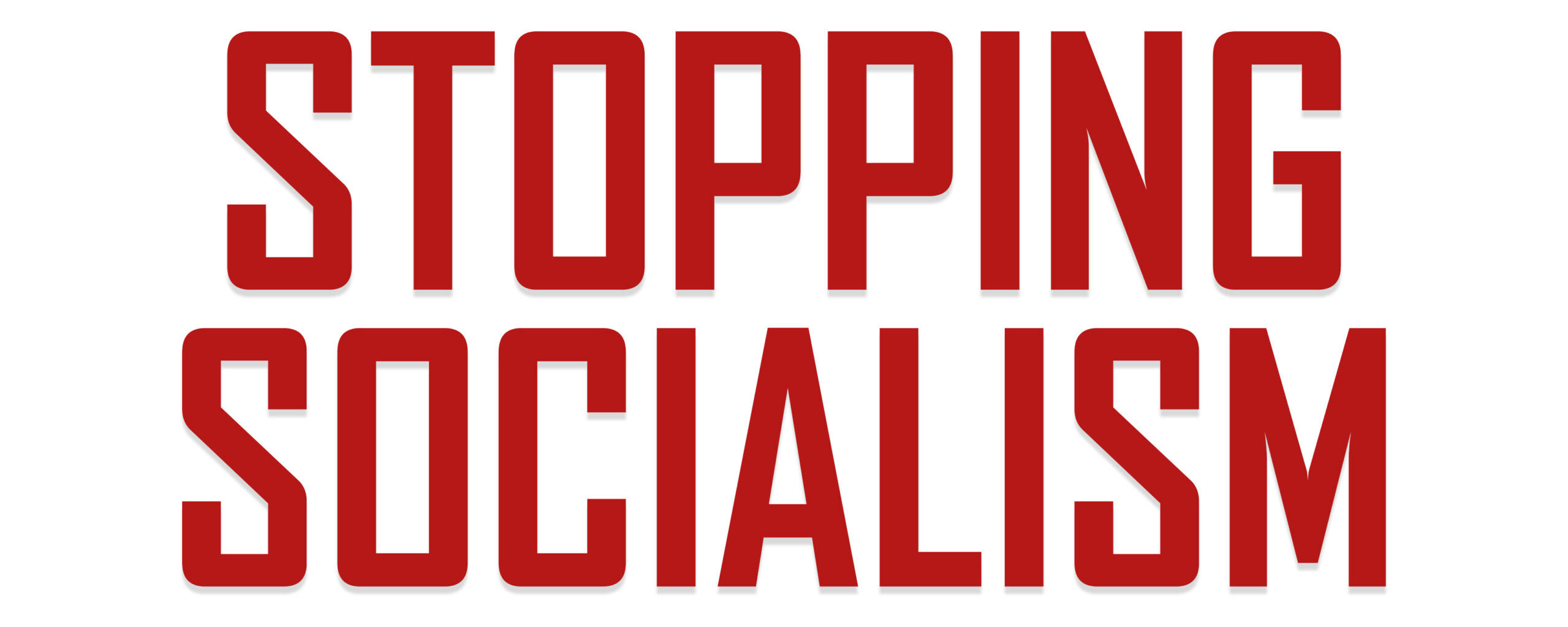How many people believe, really believe, in freedom of speech? Or, as Justice Oliver Wendell Holmes wrote, not just “free thought for those who agree with us but freedom for the thought that we hate”?
The answer is not as many as I supposed before reading my Washington Examiner colleague Gabe Kaminsky’s series of articles exposing “Disinformation Inc.”
Kaminsky’s first article, appearing Feb. 9, described how “well-funded ‘disinformation’ tracking groups are part of a stealth operation blacklisting and trying to defund conservative media, likely costing the news companies large sums in advertising dollars.”
Of course these firms pose as neutral nonpartisan groups whose only goal is to prevent inaccurate information from infecting the political dialogue. But one person’s disinformation is another person’s accurate advocacy.
And as with many media “fact-checkers” (my former Washington Examiner colleague Mark Hemingway wrote a classic takedown of the genre), so with Disinformation Inc., it turns out that all errors and falsehoods in journalism come from one end of the political spectrum. Hint: It’s not the political Left.
One key outfit is the Global Disinformation Index, based in Britain, and two affiliated U.S.-based nonprofit groups. GDI produces a “dynamic exclusion list” rating media outlets on “disinformation risk.” It says it wants to suppress content that “is morally reprehensible or patently inoffensive” and “without redeeming social value.”
Its exclusion list reportedly includes the Washington Examiner, and its 10 “riskiest” outfits are all, to one extent or another, on the political Right. Disclosure: Those which have printed my writings over the years include the American Spectator, the American Conservative, RealClearPolitics and the New York Post.
GDI’s CEO Clare Melford said that topics on which the group identified “disinformation” include COVID vaccination, masking rules, abortion and alleged voter fraud. These are all issues on which there is robust disagreement on both facts and moral values.
Unsurprisingly, GDI gives “least risky” ratings to sources including The New York Times, The Washington Post (for which I worked for seven years), the Associated Press, BuzzFeed and HuffPost. This despite the fact that, as Kaminsky points out, BuzzFeed was the first to publish the fraudulent Steele dossier, charging former President Donald Trump with collusion with Russia, and HuffPost charged that the accurate October 2020 New York Post story on Hunter Biden’s laptop was “Russian disinformation,” even though Biden has subsequently confirmed that the laptop was his.
The conclusions that conservative outlets peddle disinformation and left-leaning outlets are reliable have been cast in doubt by two of the biggest stories of calendar year 2023.
The Columbia Journalism Review’s exhaustive four-part series by former New York Times investigative reporter Jeff Gerth has shown how GDI’s “least risky” media sources generally, and The New York Times in particular, provided misleading and inaccurate coverage of the false charges that Trump colluded with Russia.
And the independent and left-leaning reporter Matt Taibbi and the liberal activist Michael Shellenberger, in investigating Twitter files at the invitation of new owner Elon Musk, showed how now-fired and extremely liberal Twitter executives were more skeptical of the Russian collusion hoax and the charges that the New York Post’s Biden laptop story was “Russian disinformation” than the media that shunned the story.
In other words, there’s a strong argument that the media sources on the honor roll of Disinformation Inc. did more to mislead the public during the Trump presidency and after than the media sources on its S-list.
And the misleaders did so with U.S. government help. As Kaminsky reported, GDI received $100,000 from the State Department’s Global Engagement Center and $250,000 from the congressionally funded National Endowment for Democracy, which had previously done yeoman’s work promoting democracy abroad.
Should the U.S. government be financing suppression of speech?
More encouragingly, there’s some snapback. Two days after Kaminsky’s first article, Microsoft announced that Xandr, an ad firm it owns, was suspending its relationship with GDI. Perhaps Redmond, if not Silicon Valley, is wary of suppressing speech it doesn’t agree with.
Undoubtedly, the principals of the Disinformation Inc. complex Kaminsky has exposed are motivated by Trump’s many misstatements and distortions, and many probably consider him some sort of Hitler. But Trump’s presidency, however you view it, was not a Nazi regime. And his opponents have twisted and concealed the truth about as often, and arguably more effectively, than he has.
Stamping out robust political debate is an ugly business, the kind of thing that can happen when you suppress the speech of those you disagree with and thoughts you hate. The Founding Fathers had a better idea.
Michael Barone is a senior political analyst for The Washington Examiner and a resident fellow at the American Enterprise Institute.
From 1974 to 1981, Barone was vice president of the polling firm of Peter D. Hart Research Associates. From 1981 to 1988, he was a member of the editorial page staff of The Washington Post. From 1989 to 1996 and again from 1998 to 2009, Barone was a senior writer for U.S. News & World Report. He was senior staff editor at Reader's Digest from 1996 to 1998.
Barone is the principal co-author of The Almanac of American Politics, published by National Journal every two years. The first edition appeared in 1971. He is also the author of Our Country: The Shaping of America from Roosevelt to Reagan (Free Press, 1990), The New Americans: How the Melting Pot Can Work Again (Regnery, 2001) and Hard America, Soft America: Competition vs. Coddling and the Competition for the Nation's Future (Crown Forum, 2004).
Over the years, Barone has written for many publications, including The Economist, The New York Times, The Detroit News, the Detroit Free Press, The Weekly Standard, The New Republic, National Review, The American Spectator, American Enterprise, The Times Literary Supplement and The Daily Telegraph of London. He has served as a political contributor to the Fox News Channel since 1998 and has appeared on many other television programs.
Barone graduated from Harvard College (1966) and Yale Law School (1969), and was an editor of the Harvard Crimson and the Yale Law Journal. He served as law clerk to Judge Wade H. McCree Jr. of the United States Court of Appeals for the Sixth Circuit from 1969 to 1971.
Barone lives in Washington, D.C. He has traveled to all 50 states and all 435 congressional districts. He has also traveled abroad extensively and has reported on elections in Russia, Mexico, Italy and Britain.
View his work here.





